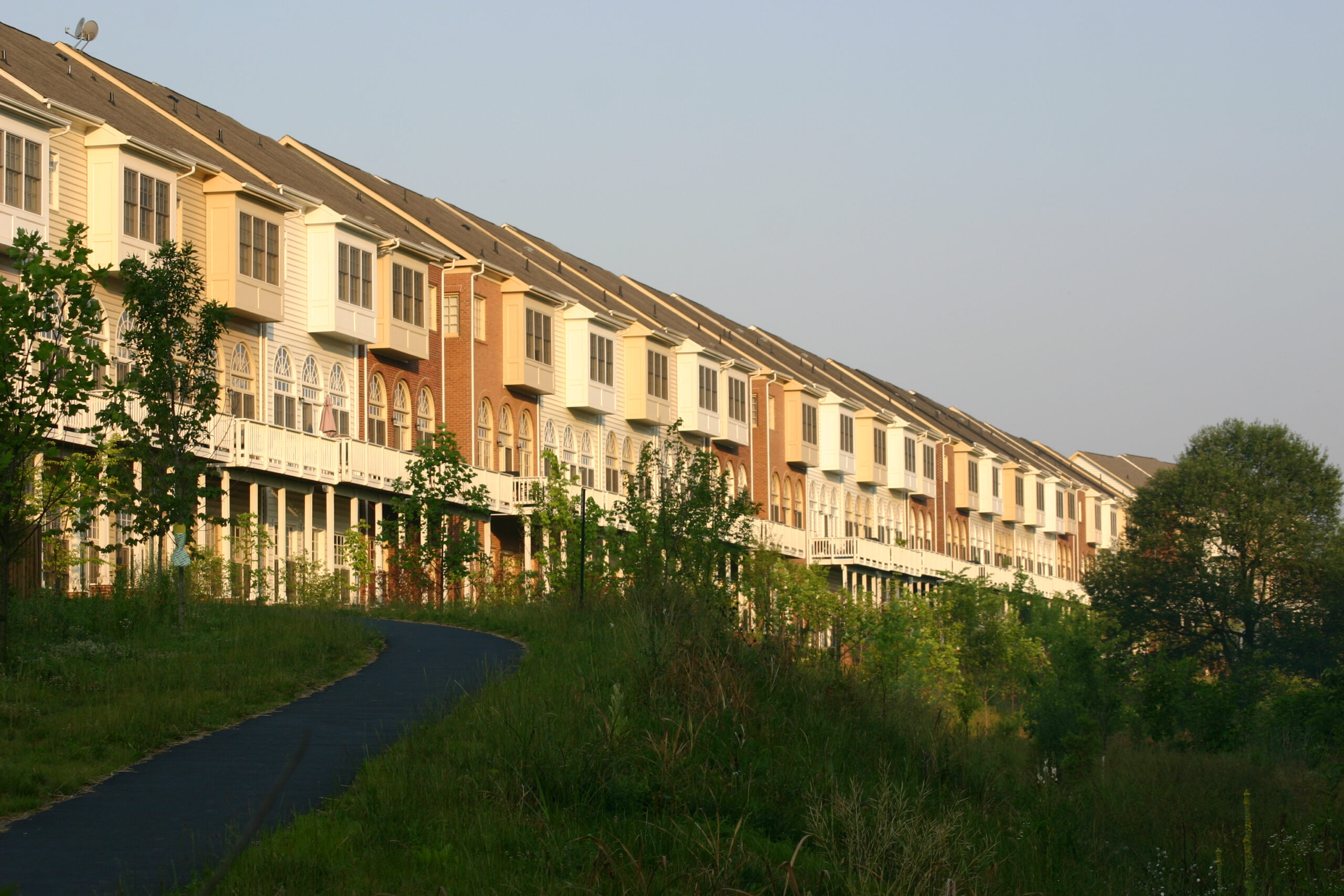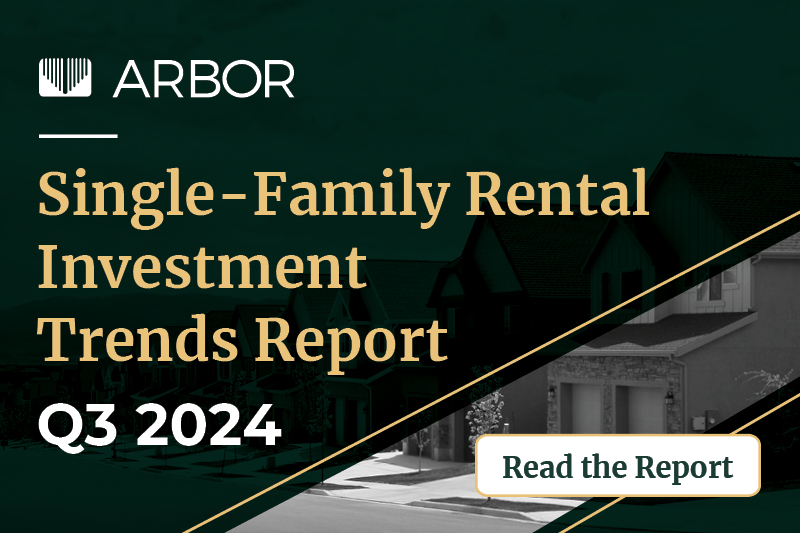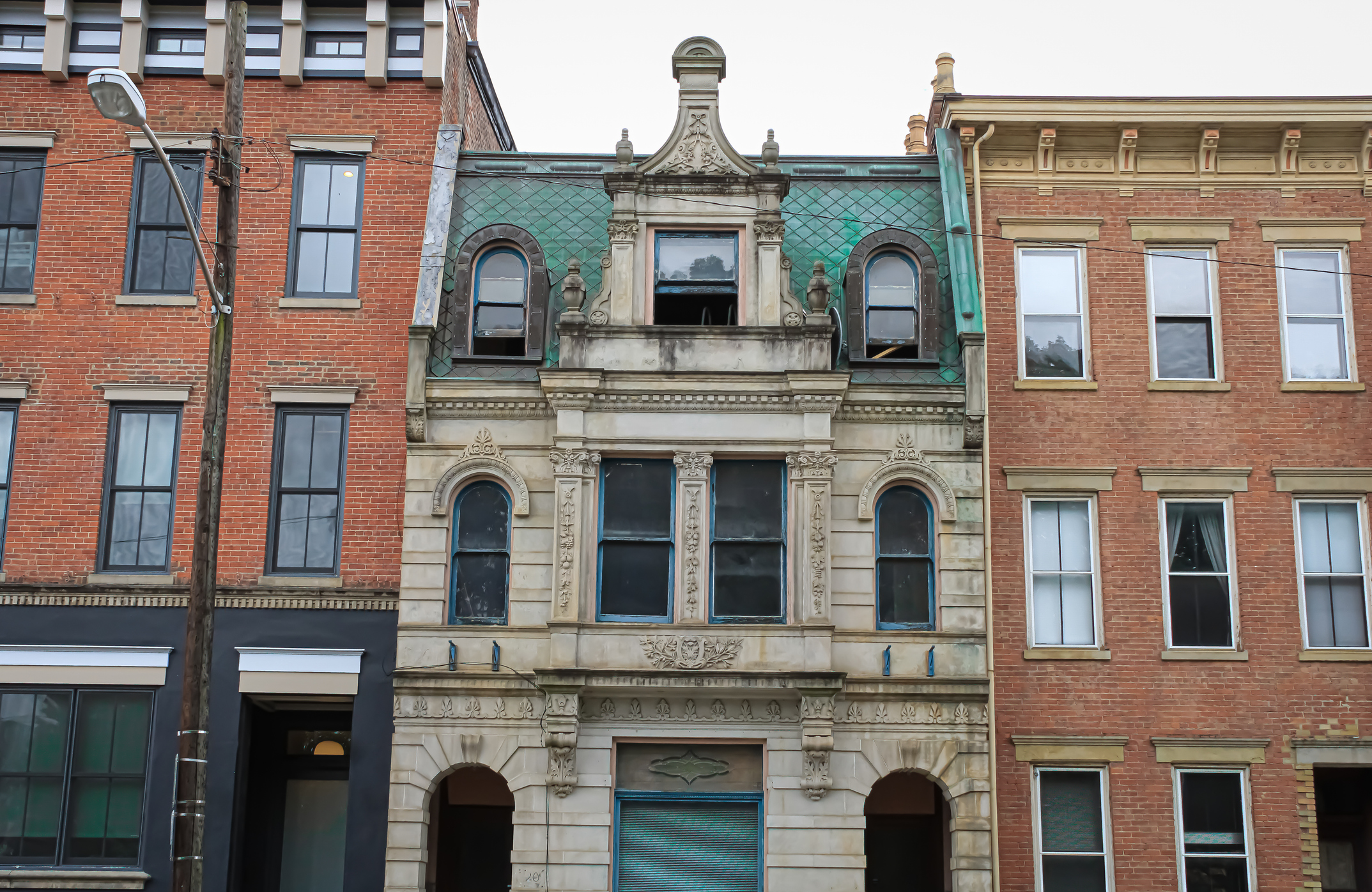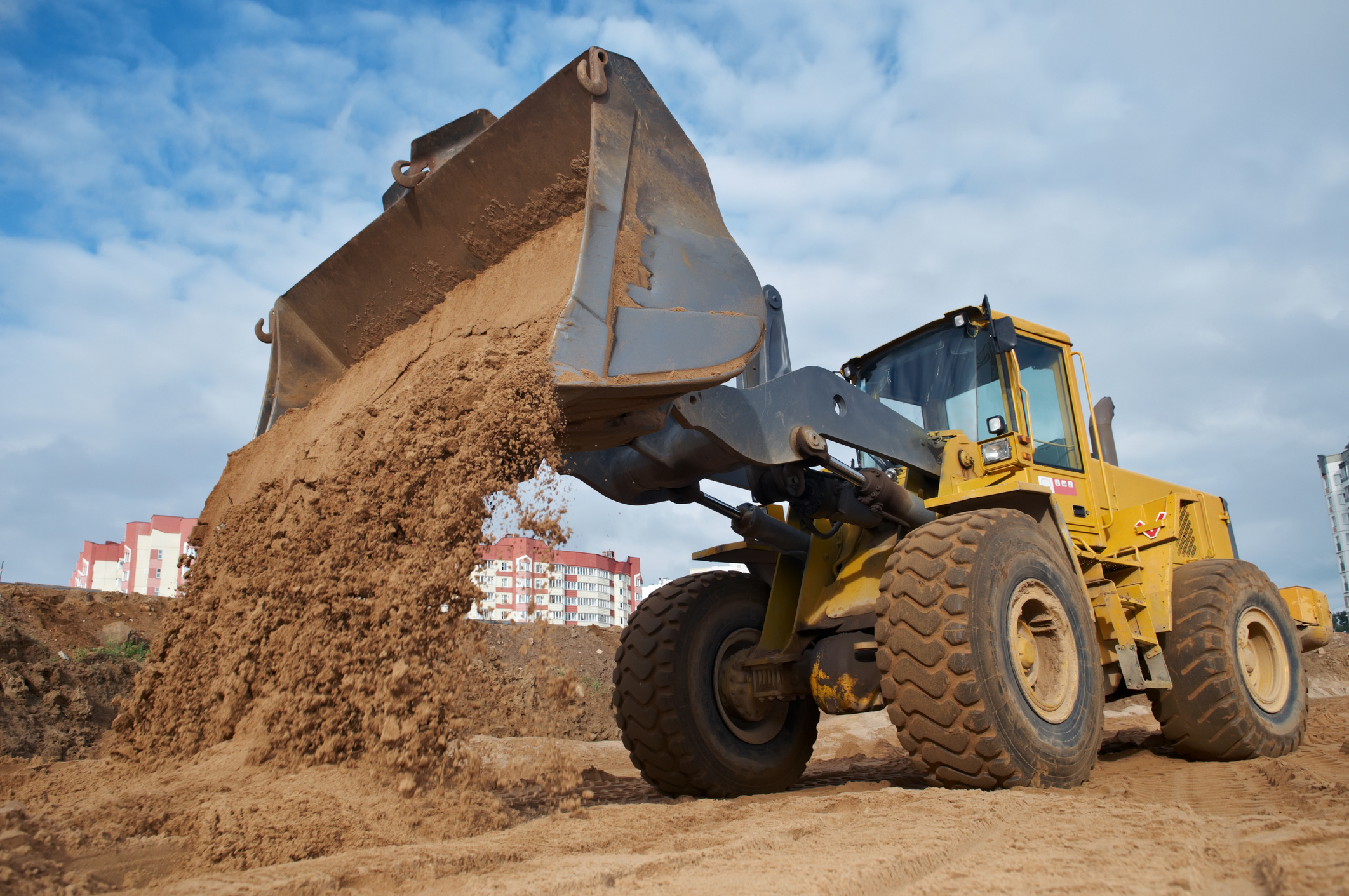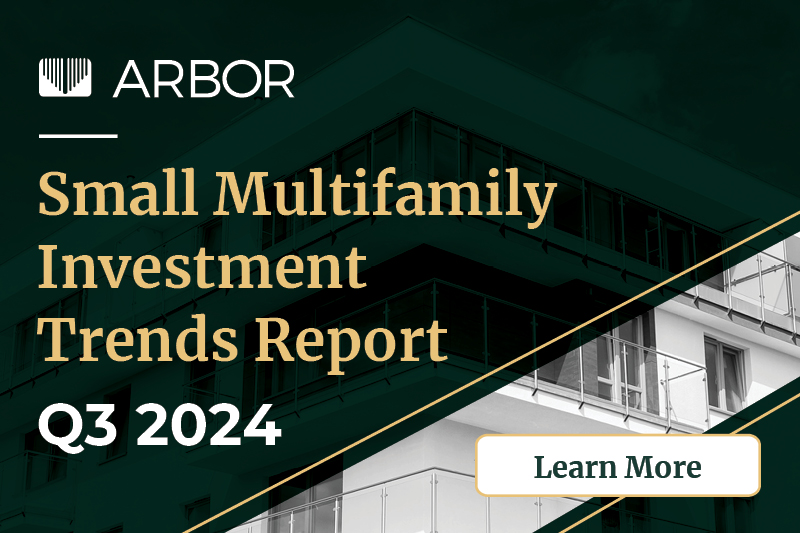Articles
In a rapidly evolving economic environment, the top markets for multifamily investment tend to shift quickly. In this video, Dr. Sam Chandan, founding director of the C.H. Chen Institute for Global Real Estate Finance at the NYU Stern School of Business and founder of Chandan Economics, discusses the findings of Arbor’s Top Markets for Multifamily Investment Report Spring 2025, which was developed in partnership with Chandan Economics.
Articles
Population growth, a critical factor in assessing rental housing demand, increased 0.9% in the U.S. during 2024, the fastest annual rate since 2008. However, growth rates were much higher for many markets, especially those in Texas, Florida, and the Carolinas. As first explored in Arbor’s Top Markets for Multifamily Investment Report Spring 2025, we dive deeper into metro-level population growth in markets with at least 500,000 residents to find the nation’s top markets for rental housing demand growth.
Articles
Arbor’s platform of diverse multifamily financing solutions, combined with our strong industry relationships and our commitment to accuracy and close collaboration with our government-sponsored enterprise (GSE) partners, drives us to the top of the multifamily lender rankings year after year. Through decades-long relationships with Fannie Mae, Freddie Mac, and FHA, our best-in-class team delivered results for our borrowers in 2024, propelling Arbor to the top of the partner rankings.
Articles
Today’s renters are in it for the long haul. The Federal Reserve Bank of New York’s recently released 2025 SCE Housing Survey shows that the average renter thinks there is a two-in-three chance they will rent for the foreseeable future. With home prices and interest rates unfavorable to would-be homebuyers, we explore renters’ perceptions and how they could impact future rental housing demand.
Investment
Arbor’s Top Markets for Multifamily Investment Report Spring 2025, developed in partnership with Chandan Economics, is your roadmap to the best locations to deploy capital. Based on the findings of our exclusive Multifamily Opportunity Matrix, this in-depth analysis assesses economic strength and market capabilities to navigate evolving conditions of the top 50 largest U.S. metros.
Arbor’s data-driven articles and research reports empower multifamily and single-family rental investors and developers to make more profitable financial decisions.
Articles
The number of rental households climbed nearly 2% last year, as 848,000 more households became renters, an analysis of the U.S. Census Bureau’s Housing Vacancies and Homeownership Survey shows (Chart 1). Rental households also hit a new high of 45.3 million, accounting for more than half of all U.S. household growth in 2024. Weakening affordability, evolving lifestyle preferences, and a limited supply of quality housing all contributed to surging multifamily and single-family rental (SFR) demand.


